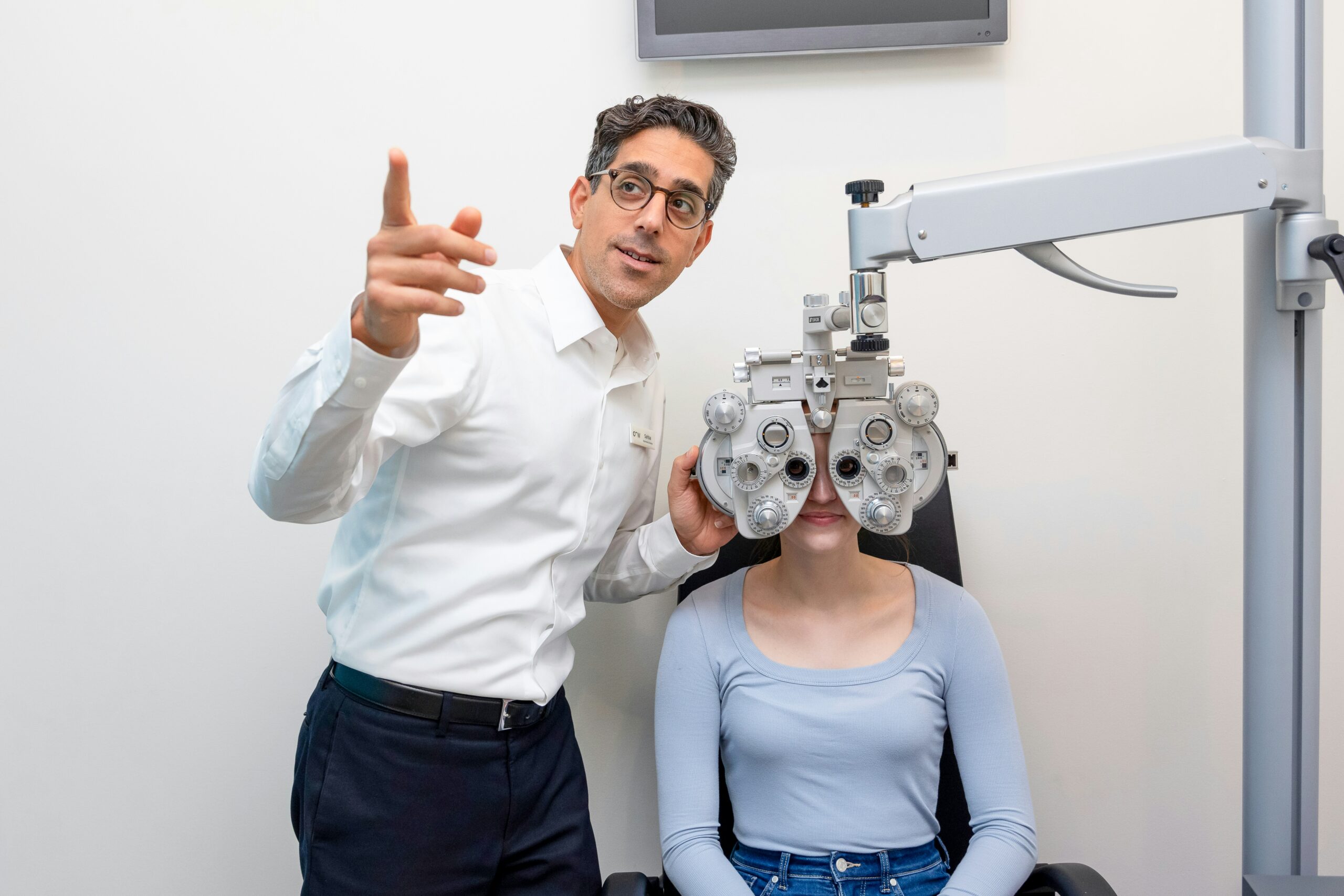
The eyewear industry has long been an essential part of the health and fashion sectors, providing solutions for vision correction and offering an avenue for personal style expression. However, in recent years, this sector has seen a rapid transformation. Technological advancements, changing consumer preferences, and a growing focus on health and wellness are reshaping the future of eye care and eyewear. These shifts influence how eyewear is designed and produced and how it is marketed and sold. As the industry adapts to new demands and opportunities, understanding these trends is key to navigating the evolving landscape of eyewear.
Innovation in Lens Technology
Lens technology has made significant strides in recent years, transforming how eyewear addresses vision correction. From progressive lenses to blue light-blocking technology, the advancements in lens design are improving vision and overall eye health. One of the most significant innovations is the development of high-definition lenses that offer sharper, clearer vision, especially for people with higher prescriptions. These lenses are engineered to reduce distortion, ensuring a better visual experience across various fields of vision. As technology continues to improve, lenses are becoming more lightweight, durable, and adaptable, meeting the growing demands of consumers for both function and style.
In addition to standard vision correction, specialized lenses have gained popularity. Blue light-blocking lenses, for example, help protect against the potentially harmful effects of prolonged screen exposure. With the rise of remote work and increased screen time, more consumers seek ways to protect their eyes from digital eye strain. Furthermore, integrating smart eyewear is beginning to change how people interact with technology. These lenses, equipped with features like heads-up displays, augmented reality (AR), and even health-tracking capabilities, are poised to revolutionize eye care and everyday life. As more brands invest in these innovations, the future of eyewear looks increasingly high-tech, offering tailored solutions to meet the evolving needs of the digital age.
The Rise of Direct-to-Consumer Models
The way consumers purchase eyewear has undergone a dramatic shift, with many opting for direct-to-consumer (DTC) models rather than traditional in-store purchases. This shift is driven by convenience, cost-effectiveness, and the growing influence of e-commerce. Companies like Warby Parker have pioneered the DTC model, offering online eyewear shopping experiences that allow customers to try on frames virtually, browse a wide selection of styles, and even receive free home trials. By cutting out the intermediary and selling directly to consumers, these companies can offer competitive prices without compromising quality.
This shift is making eyewear more affordable and offering a personalized experience. Online tools allow customers to easily find frames that complement their face shape and style preferences. Furthermore, the rise of virtual try-ons using augmented reality (AR) has allowed people to virtually see how different frames will look on their faces, enhancing the shopping experience from the comfort of their homes. The DTC model also changes how eyewear companies interact with their customers, fostering direct relationships and enabling brands to offer more excellent customization options. As more eyewear companies embrace this model, it’s clear that the future of eyewear shopping will continue to evolve with an emphasis on accessibility, personalization, and convenience.
Sustainability and Eco-Friendly Eyewear
As consumers become more conscious of environmental issues, sustainability has become a growing trend within the eyewear industry. Traditional eyewear manufacturing processes often involve materials like plastic, metal, and petroleum-based products that can hurt the environment. Several companies are now focusing on creating eco-friendly eyewear options that reduce waste and use renewable, sustainable materials. Brands embrace alternatives like biodegradable plastics, recycled materials, and plant-based substances to manufacture frames and lenses. This shift towards sustainability reflects the broader trend of environmental consciousness among consumers who want to support companies that prioritize ethical production methods.
In addition to the materials used, eyewear companies increasingly adopt sustainable packaging and manufacturing processes. By minimizing waste and using eco-friendly packaging, companies make it easier for consumers to make responsible purchasing decisions. Moreover, some eyewear brands have adopted programs where they recycle old frames, giving customers an incentive to return their old glasses in exchange for discounts or rewards. This circular model of production and consumption aligns with the values of environmentally conscious consumers and further drives the demand for sustainable eyewear. As these practices continue to gain momentum, sustainability will remain a key factor shaping the future of the eyewear industry.
The Future of Eyewear: Technology and Health Integration
Looking ahead, health-focused technologies will continue to drive the future of eyewear. Smart eyewear, which once seemed like science fiction, is now becoming a reality, with devices that do more than just correct vision. Wearable technology embedded in eyewear, such as fitness trackers or health-monitoring features, is expanding the scope of what eyewear can do. For example, some smart glasses can already track eye health by monitoring metrics such as blink rate and eye strain, offering real-time feedback to the wearer. This data then helps optimize the wearer’s visual health, encouraging them to take breaks or adjust their screen settings to reduce eye fatigue.
The eyewear industry is undergoing a significant transformation, driven by technological innovations, shifting consumer demands, and a growing focus on sustainability and health. From advances in lens technology to the rise of direct-to-consumer models, eyewear is becoming more accessible, personalized, and health-conscious. As consumers increasingly seek products that align with their values, companies in the eyewear industry are adapting to meet these needs through sustainable practices and digital innovations. Looking forward, the integration of smart eyewear and health-monitoring technologies promises to reshape the role of eyewear in our daily lives, offering a future where vision correction is just one of the many benefits eyewear provides. As the eyewear business continues to evolve, one thing is sure: the future of eye care will be brighter, greener, and more tailored to individual needs.